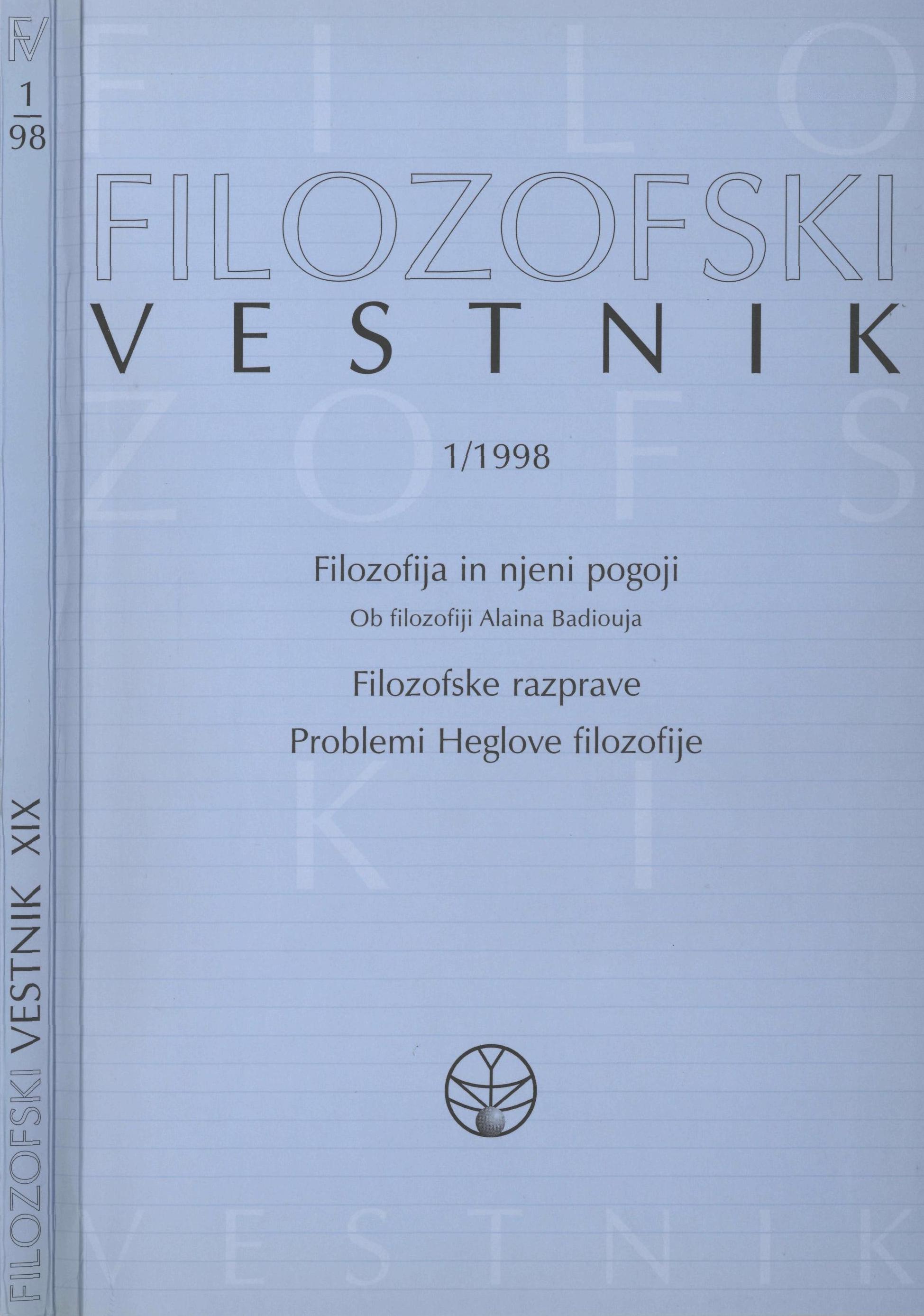Primerjalna estetika: primerjava med kulturami in umetnostmi
Povzetek
V estetiki v bistvu obstajata dva glavna primerjalna modela: prvi se nanaša na strukturo misli, civilizacije in kulture, znotraj kompleksne primerjave med velikimi tradicijami od vzhoda do zahoda in od severa do juga; drugi zadeva raznovrstne oblike umetnosti, njene predmete in dosežke ter različne implikacije senzibilnosti v dojemanju. Po eni strani gre za izpostavitev refleksije oz. interkulturalne ali transkulturalne analize, po drugi za izpostavitev preiskovanja izmenjave in korespondence med umetnostmi, mediji in čuti. Vse to tudi vzpostavlja vzajemno igro gibanja v smeri lokacij biti, ki se včasih približuje mitologiji in svetemu, včasih pa povezuje z novimi komunikacijskimi tehnologijami. Omenjena modela nista trdno določena; bolj kot modela, sta zemljevida teoretičnih poti, primerjav in estetskih izkustev z različnimi cilji, ki jih je mogoče povezati. Ob teh dogodkih, ki zaznamujejo globalno estetsko civilizacijo, ki zdaj zajema celoten planet, mora biti raziskovanje nujno zaznamovano z gibljivim, prilagodljivim duhom, sposobnim osredotočenja na razliko, posebnost in heterogenost, ne da bi se pri tem opustilo sintetične modele, ki niso več dogmatično regulativni. To ne zmanjša vrednosti estetike kot discipline, temveč jo sili k obnovi njenih kanonov.Prenosi
Podatki o prenosih še niso na voljo.
Prenosi
Objavljeno
2016-01-24
Kako citirati
Milani, R. (2016). Primerjalna estetika: primerjava med kulturami in umetnostmi. Filozofski Vestnik, 19(1). Pridobljeno od https://ojs.zrc-sazu.si/filozofski-vestnik/article/view/4028
Številka
Rubrike
Filozofske razprave
Licenca
Avtorji jamčijo, da je delo njihova avtorska stvaritev, da v njem niso kršene avtorske pravice tretjih oseb ali kake druge pravice. V primeru zahtevkov tretjih oseb se avtorji zavezujejo, da bodo varovali interese založnika ter da bodo povrnili morebitno škodo.
Podrobneje v rubriki: Prispevki





